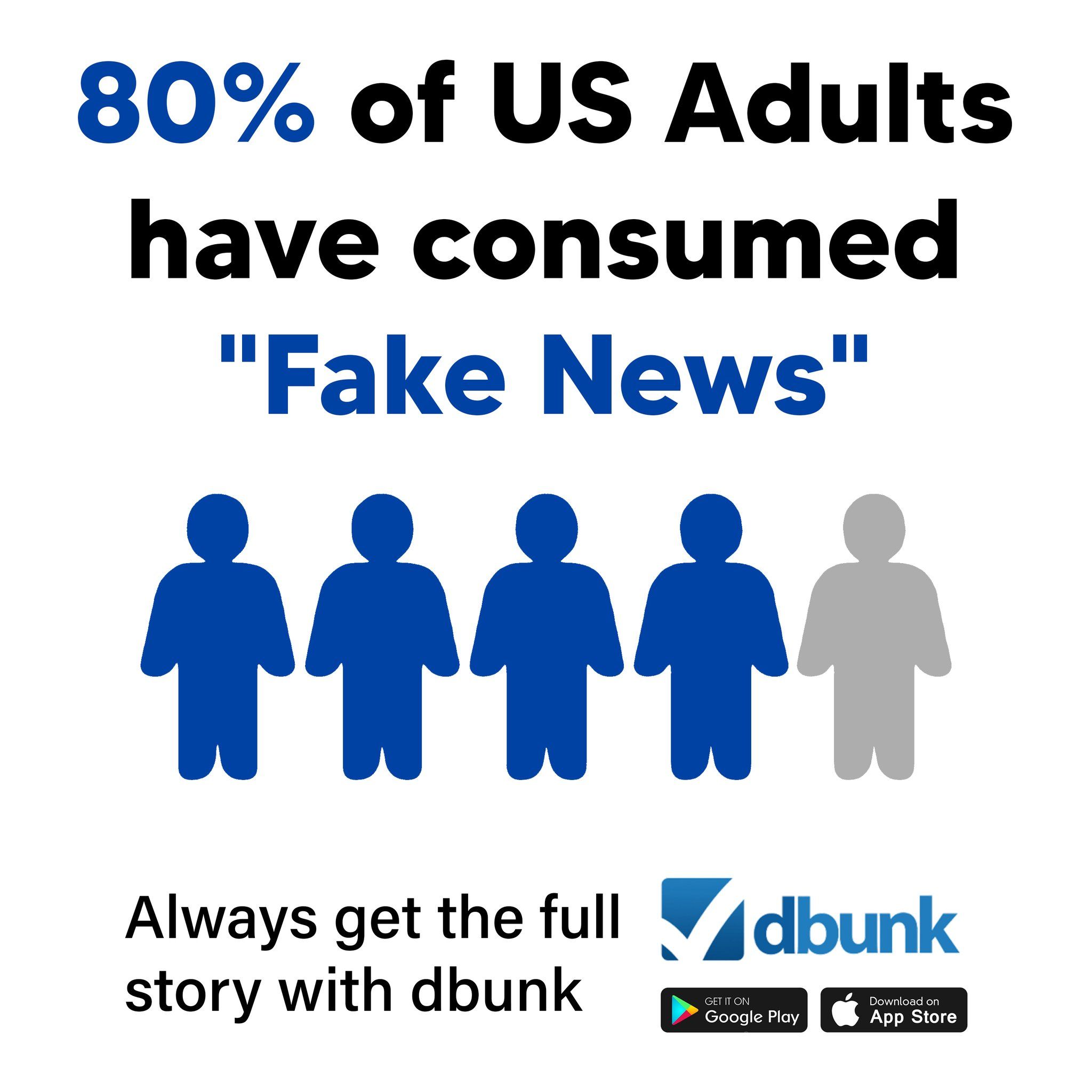Fact Check Analysis: “Canadian PM hopeful lays out plan to fight Trump’s tariff threats ‘where it hurts'”
This fact-check request was submitted to us by one of our dedicated DBUNK subscribers. Remember, if you come across an article or claim that raises questions, you can also submit it for free through our platform, and we’ll investigate and publish the results.
Analysis Overview
The article by Jim Morris, titled “Canadian PM hopeful lays out plan to fight Trump’s tariff threats ‘where it hurts’,” covers Chrystia Freeland’s response to proposed U.S. tariffs under President Donald Trump. The article highlights Freeland’s bold economic retaliation strategy, but a deeper analysis reveals portions of the content include significant misinformation and requires additional context for readers to evaluate the claims fairly.
What We Found
Misinformation: Claim That Trump Is Pressuring Canada to Become the 51st U.S. State
One notable instance of misinformation in the article is the claim, “Trump has said he will use economic coercion to pressure Canada to become the nation’s 51st state.” This statement lacks credible sourcing and is inconsistent with documented public statements from President Trump’s administration or discussions surrounding U.S.-Canada trade relations. While Trump has implemented tariffs and often uses strong rhetoric, the assertion of statehood pressure appears to be hyperbole or satire and is not substantiated by any evidence presented in the article. This exaggeration undermines the credibility of the article’s broader points and risks misleading readers.

Missing Context: U.S.-Canada Trade Deficit Mischaracterization
The article claims Trump “erroneously casts the U.S. trade deficit with Canada…as a subsidy.” This statement oversimplifies and mischaracterizes a nuanced issue. Historical comments by Trump about trade deficits have indeed been criticized for being inaccurate or lacking context, but the article doesn’t explain the basis for these statements, nor does it provide alternative perspectives to explore why Trump has made these claims. The absence of such context leaves readers without the tools to analytically assess the actual state of U.S.-Canada trade.
Freeland’s “Retaliation List” and Its Economic Risks
The article introduces Chrystia Freeland’s proposal for a “retaliation list” targeting U.S. goods as a key component of her economic strategy. This idea is portrayed as a calculated plan without sufficient analysis of the potential economic repercussions for Canada. Experts have expressed concerns about economic fallout from retaliatory trade measures, particularly with Canada’s reliance on cross-border trade. For instance, John Ries cautioned against releasing a list in advance, which could escalate tensions and make compromise more difficult. The article touches on this briefly but fails to explore the broader implications or alternative expert opinions on the strategy’s risks.
Bias in Presentation of Freeland’s Plans
The article heavily focuses on Freeland’s proposed strategy without adequately weighing the counterarguments or exploring input from opposing voices. For example, the mention of Quebec’s hydro exports and Alberta’s energy supply disruption as “options on the table” is framed in an alarmist manner, but the piece does not analyze whether these maneuvers are likely, legal, or sustainable goals for Canada. Such selective presentation gives an unbalanced view of Freeland’s leadership approach and paints her strategy in a singular light.

Additional Context: Could Freeland’s Strategy Backfire?
For readers wondering whether Freeland’s hardline retaliatory strategy could backfire economically for Canada, historical patterns show that trade wars tend to harm economies on both sides. Retaliatory tariffs can lead to increased costs for consumers, reduced market access, and disruption of long-standing supply chains. Given that Canada is the top export destination for 36 U.S. states and both nations exchange goods worth billions daily, a trade escalation would likely harm both economies. Furthermore, taking extreme measures, like prohibiting American companies from bidding on federal projects, could spark further retaliatory actions from the U.S., escalating tensions.
While Freeland’s approach may resonate as a strong stance against U.S. aggression, economic experts have consistently emphasized the importance of de-escalation and dialogue in trade disputes. This context, absent from the article, is essential for readers to fully understand the stakes and evaluate the viability of Freeland’s proposals.

Conclusion
The AP article by Jim Morris effectively highlights Chrystia Freeland’s bold response to Trump’s tariff threats, but closer scrutiny reveals significant misinformation, missing context, and elements of bias. The unsubstantiated claim about Trump pressuring Canada to become a U.S. state, the lack of analysis surrounding trade deficit claims, and the narrow focus on Freeland’s strategy without weighing counterarguments all detract from the article’s reliability and balance. Readers need a broader examination of affected economies, alternative expert opinions, and the risks of reprisals to fully assess the viability of Freeland’s plans.
For readers seeking clarity on ambiguous and conflicting news, DBUNK is here to help. Our latest app launches soon, providing powerful tools to uncover facts, fight misinformation, and make well-informed decisions.
Read the original article here: https://apnews.com/article/canada-us-tariffs-chrystia-freeland-d06de336a9ba641779f95cf0614ead20

